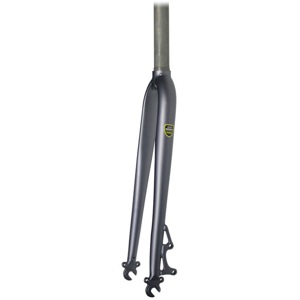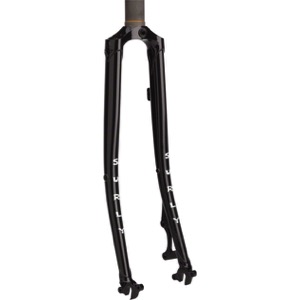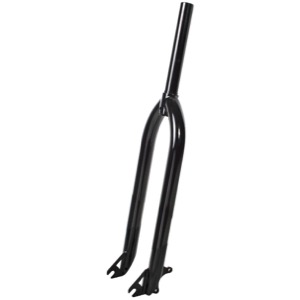Aquakitty
100 W
- Joined
- Jun 10, 2017
- Messages
- 179
Hi, hope this is the right area to post this. I am researching my first hub motor build. I want to put this on a bike with a Gates belt drive. Seems the easiest solution, then, is a front hub motor. However after a lot of reading here I see the hub motor situation can be very dangerous with an aluminum front fork, and as you might imagine most bikes with belt drives have the more "advanced" aluminum front fork over the nice steel one I want.
So I've decided to build my "dream" commuter bike I will buy a new steel front fork.
Well there seems to be a lot of dropout styles out there. Is there any consensus as to the type of dropout that would be best for the front hub motor?
Here are a few examples:
Soma straight-blade - dropout is angled back towards bike

Surly Disk Trucker - dropouts seem a lot straighter?

This DJ fork seems to have drops angled the other way!

Any thoughts on this? No matter what I plan to install it properly with two good torque arms.
So I've decided to build my "dream" commuter bike I will buy a new steel front fork.
Well there seems to be a lot of dropout styles out there. Is there any consensus as to the type of dropout that would be best for the front hub motor?
Here are a few examples:
Soma straight-blade - dropout is angled back towards bike

Surly Disk Trucker - dropouts seem a lot straighter?

This DJ fork seems to have drops angled the other way!

Any thoughts on this? No matter what I plan to install it properly with two good torque arms.

